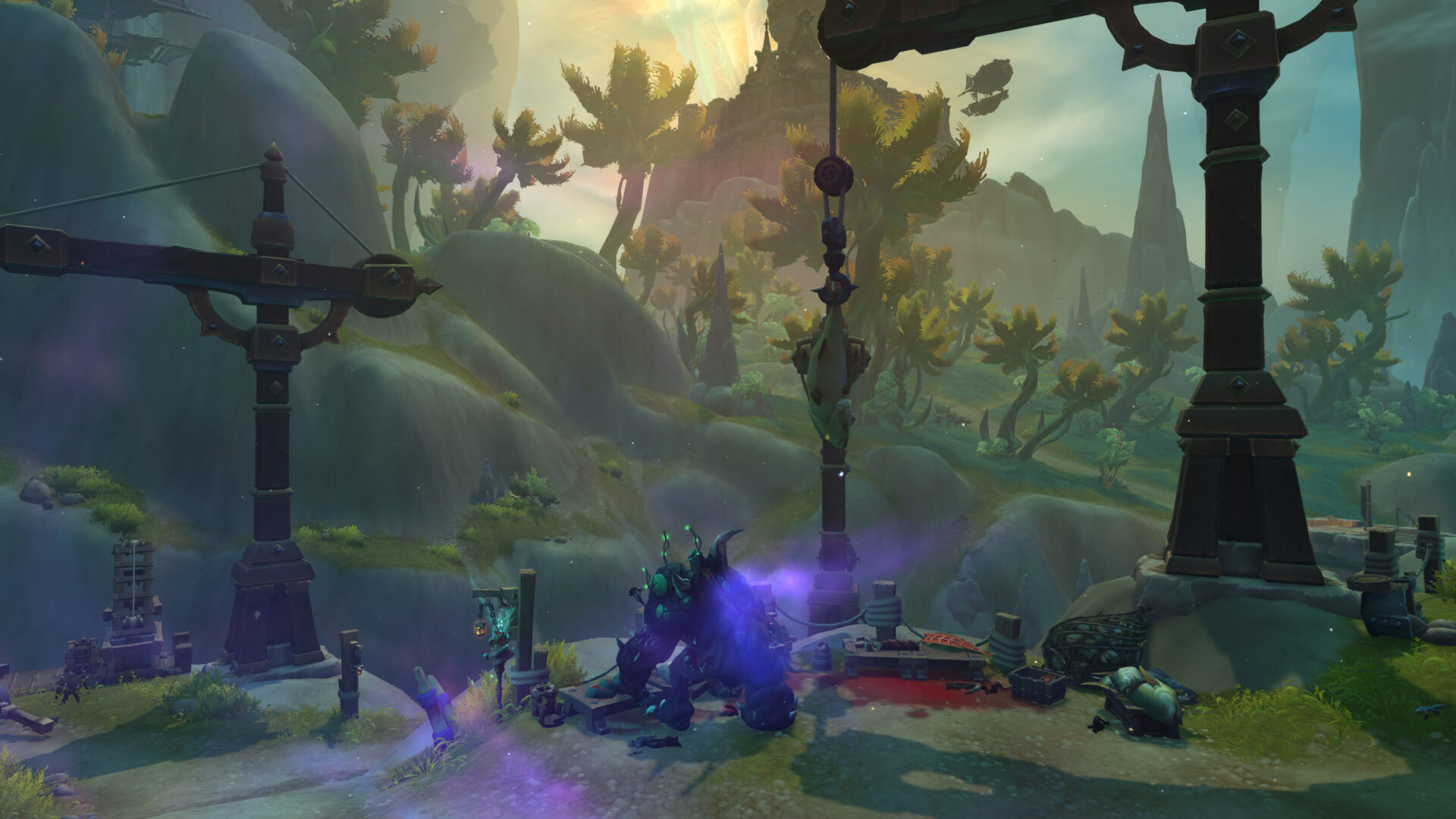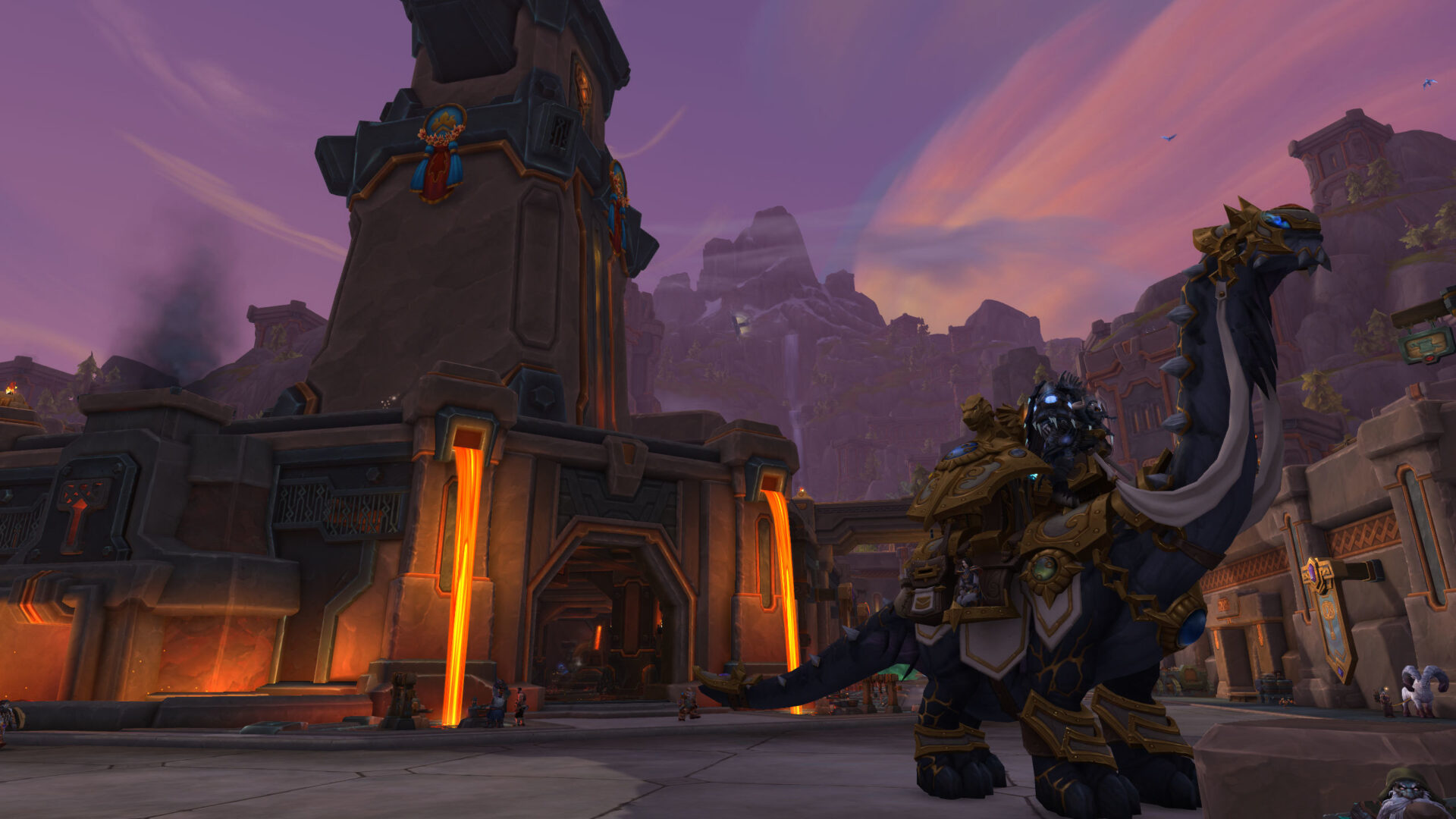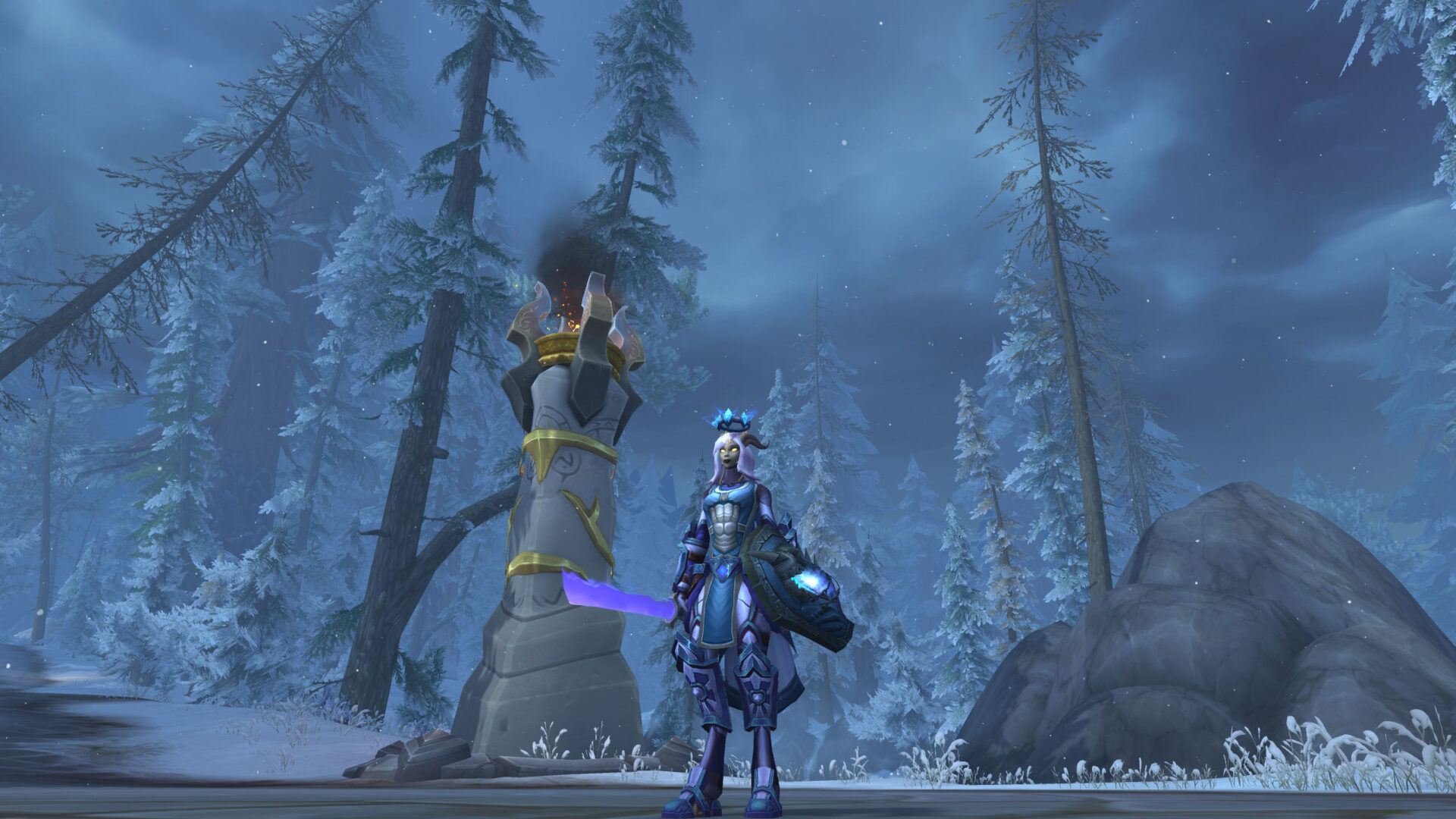The War Within marks a shift in how World of Warcraft tells its stories—not by soaring through skies or conquering distant continents, but by descending into the heart of Azeroth itself. Its underground setting isn’t just a new visual frontier; it’s a symbolic journey inward, mirroring how players rediscover the roots of exploration, curiosity, and self-driven adventure.
This article examines how the subterranean world of The War Within serves as a powerful metaphor for player growth, uncovering layers of nostalgia, mystery, and personal reflection hidden beneath Azeroth’s surface.
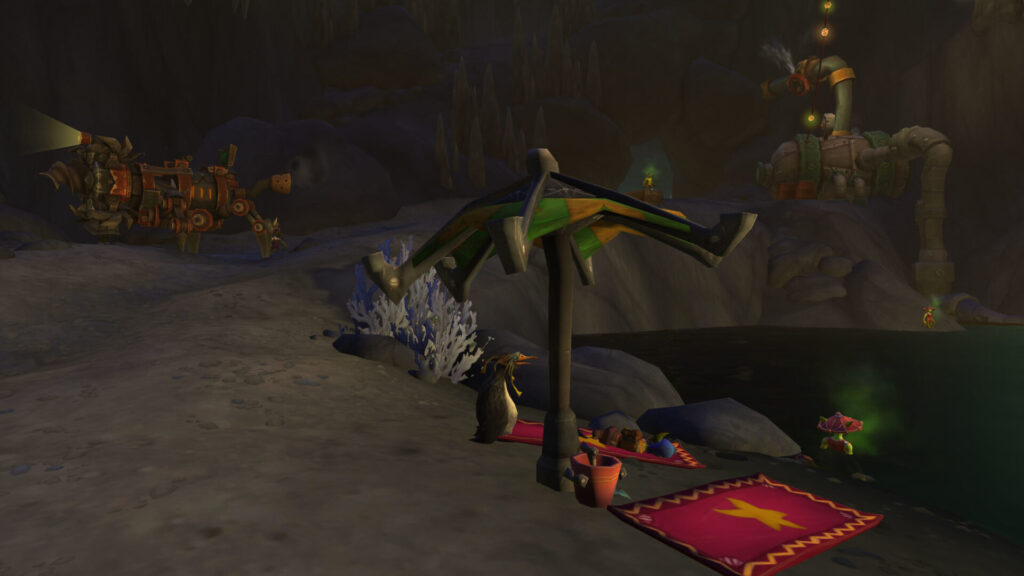
Descent as Discovery
In most expansions, progress means ascent—players reach higher item levels, loftier skies, and greater power. The War Within inverts that direction. Descent becomes exploration, and progress means understanding what lies beneath rather than conquering what lies above. This reversal captures the essence of rediscovery: that growth often comes from looking inward, not upward.
Through this design, Blizzard redefines progression as introspection. Each cavern, echoing with ancient whispers and bioluminescent flora, reflects a theme of self-examination—an invitation to slow down and explore rather than rush to the endgame.
Layers Beneath the Surface
Azeroth’s underground isn’t a single world—it’s a collection of buried histories. From Nerubian ruins to Titan forges, each layer tells a story long forgotten. These spaces form a metaphorical archaeology of the franchise itself, where every stone unearthed represents a piece of the game’s past unearthed for players to reinterpret.
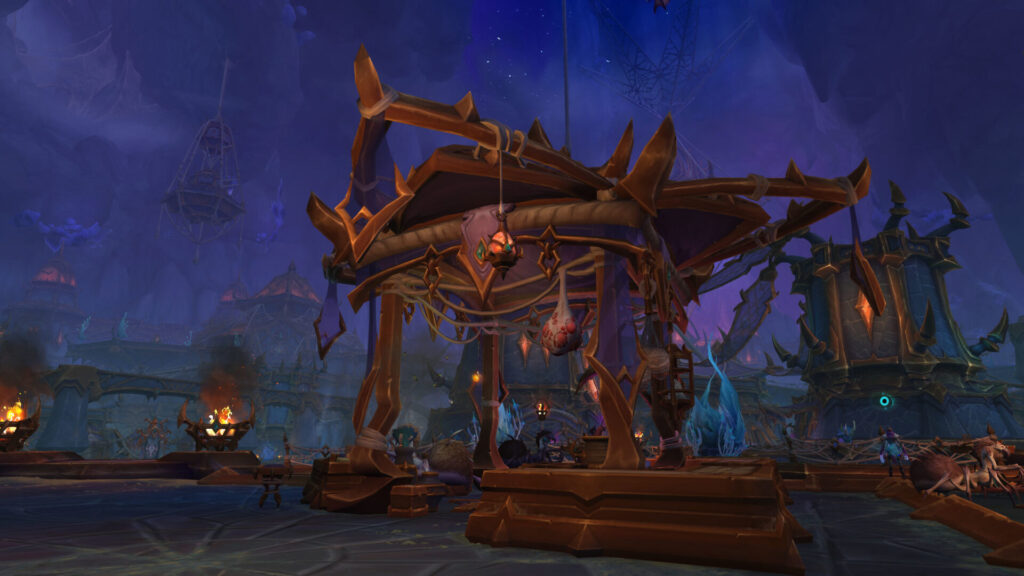
The design choice to dig downward mirrors the journey many veterans take when returning to the game—delving into memories of what once made Warcraft magical, rediscovering joy in the familiar, now reframed in mystery and shadow.
Darkness and the Fear of the Unknown
Exploration in darkness is both thrilling and unsettling. The War Within uses limited lighting, ambient sounds, and narrow tunnels to amplify tension. It’s not just danger players feel—it’s vulnerability. This shift in tone reminds them of what it once meant to feel small in a vast world, restoring the sense of awe that early expansions inspired.
In psychological terms, darkness represents the unknown aspects of self. To navigate Azeroth’s subterranean depths is, metaphorically, to confront uncertainty—the part of discovery that demands courage as much as curiosity.
Environmental Storytelling and Symbolism
Blizzard’s environmental design gives metaphor physical form. Collapsed tunnels suggest buried mistakes, glowing runes represent enlightenment, and ancient machinery echoes forgotten innovation. Every landmark carries dual meaning—both literal and symbolic—reinforcing the expansion’s theme of rediscovery.
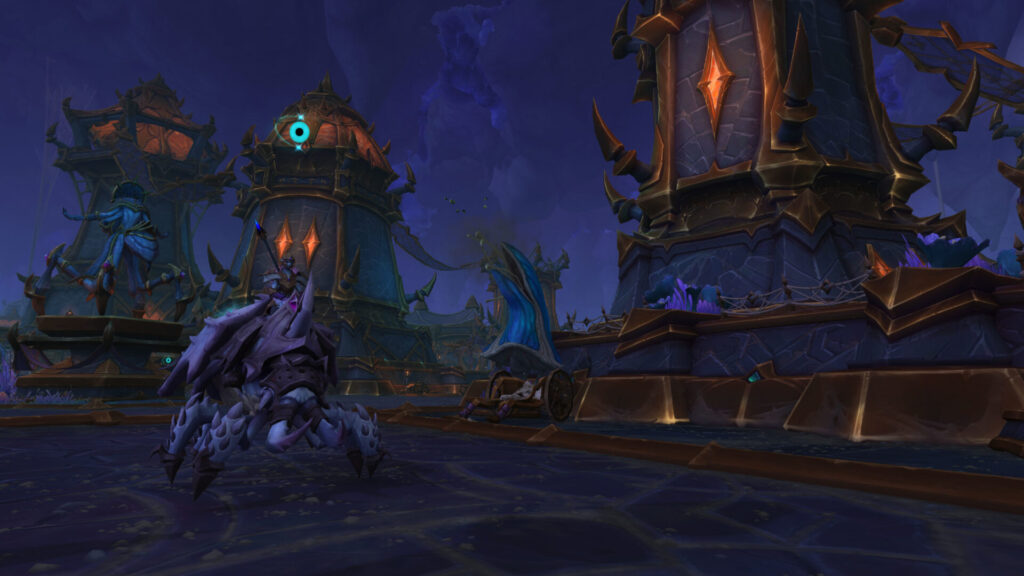
The table below outlines symbolic motifs found in The War Within’s setting:
| Element | Literal Role | Symbolic Meaning |
|---|---|---|
| Bioluminescent plants | Provide natural light | Knowledge emerging from ignorance |
| Collapsed caverns | Barriers to progression | Personal limitations to overcome |
| Ancient Titan mechanisms | Puzzles or lore devices | The lingering power of forgotten creation |
| Echo chambers | Acoustic design feature | The past “speaking back” to the present |
Each space thus becomes a physical metaphor for emotional and intellectual exploration.
Rediscovering the Joy of Curiosity
For years, players have sought optimization—clearing content efficiently, farming rewards systematically. The War Within subtly resists that mentality. Its layered design rewards observation and patience. Hidden tunnels, secret alcoves, and quiet moments encourage playstyles that value curiosity over efficiency.

This design philosophy transforms gameplay into meditation. By rewarding discovery instead of speed, Blizzard reawakens the sense of wonder that made Azeroth timeless in the first place.
Conclusion
The War Within’s underground setting is more than a visual shift—it’s an introspective metaphor for both the game and its players. By leading adventurers downward, Blizzard invites them to look inward, reminding them that discovery is not about distance traveled but depth explored. Beneath the earth lies not just treasure, but reflection—and in that darkness, players rediscover the light of why they began the journey at all.
